13 Signs You Did Everything You Could for Your Dog
Most dog owners wonder at some point if they got it right. It’s not just about the basics like food and shelter, but the full picture: emotional comfort, play, and understanding. The small, everyday things often say more than the big gestures.
When our canines experience security, it shows in distinct ways. You don’t need a checklist, but if these signs sound familiar, your pup likely had what they needed.
They Greeted You with Joy
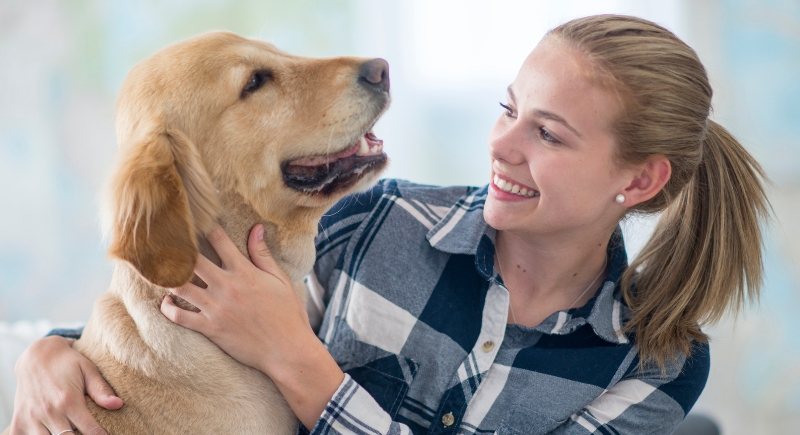
Credit: Getty Images
Excited greetings are a strong sign of connection. After all, dogs remember how they feel in your presence. If your return brought tail wags, happy sounds, or pacing, they felt safe with you. A dog won’t fake enthusiasm daily unless that excitement is rooted in real comfort.
They Made Regular Eye Contact
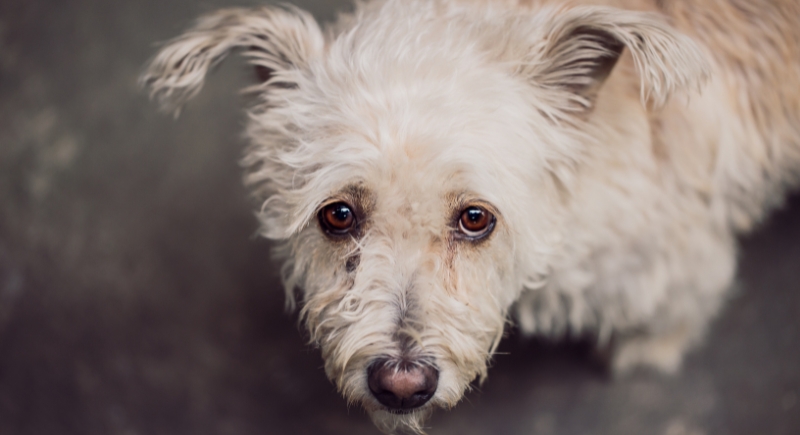
Credit: Getty Images
A study found that when dogs share long, soft gazes with their owners, oxytocin levels rise in both. This hormone supports bonding. So, in case your pet looked at you often and patiently waited for your attention, it wasn’t random. That habit pointed to mutual security in your relationship.
They Chose to Include You
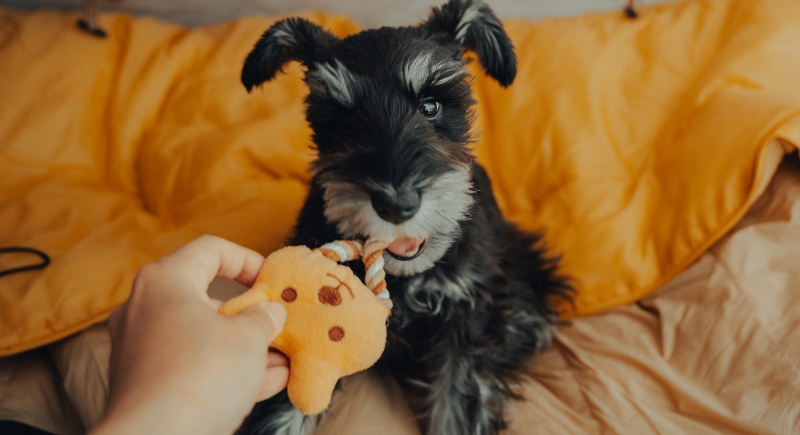
Credit: pexels
It is no secret that various dogs prefer quiet companionship. Meanwhile, others bring a toy or bark to be noticed. What matters is their consistent effort to make you a part of their activity. This is a sign that your furry companion was content to seek interaction because they see you as part of their safety net, not a source of stress.
They Showed Their Belly Freely
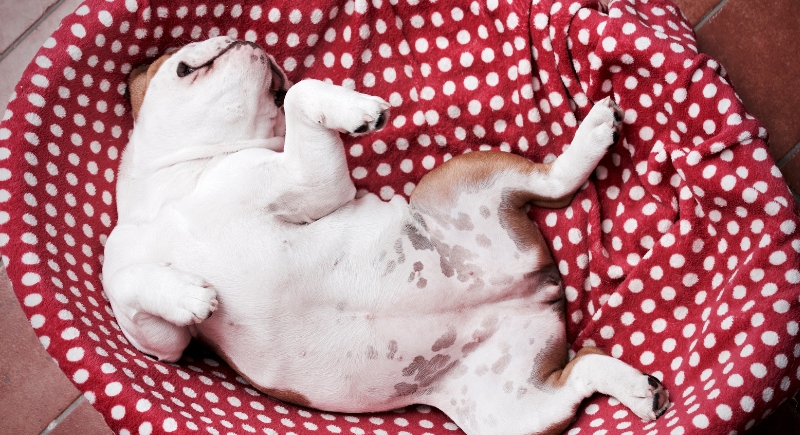
Credit: Getty Images
Rolling onto their back with limbs relaxed says more than we think. It’s a position that shows a complete lack of tension. Dogs with traumatic pasts or high anxiety rarely do this. Their ability to be secure around you says a great deal about how much healing they found in your home.
They Were Excited About Meals
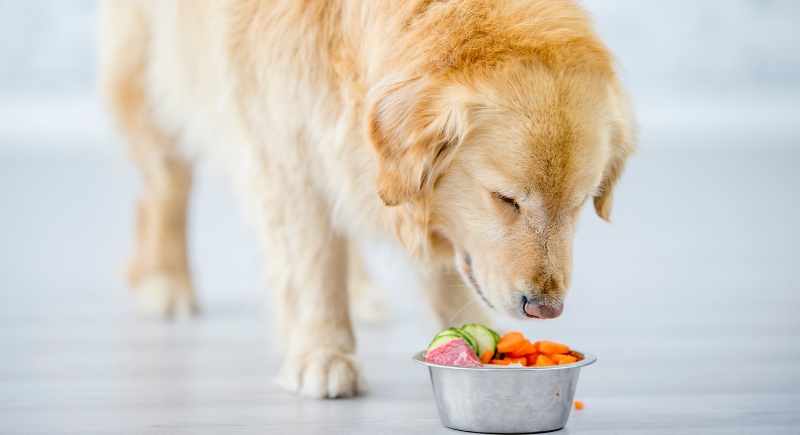
Credit: Getty Images
You may not realize it, but your four-legged companion likely thrives on knowing when and what to expect, especially when the food suits their preferences. Standing alert as you prepare the bowl, eating promptly without hesitation, and staying engaged throughout the process all reflect contentment.
They Initiated Play
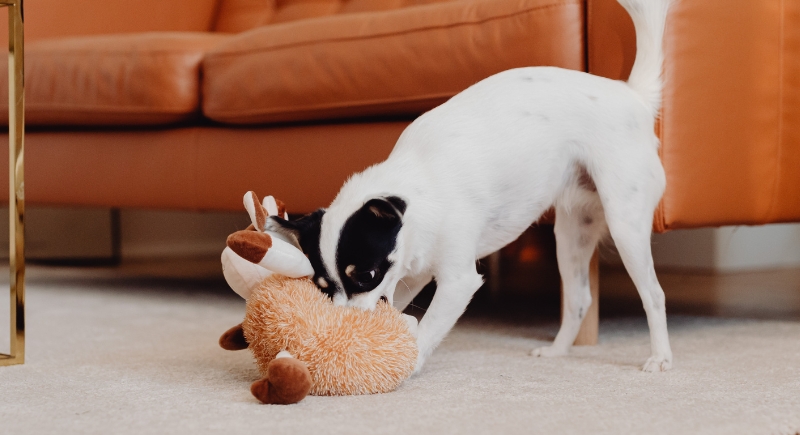
Credit: pexels
Play has always been a central part of canine behavior, dating back to early domesticated dogs who used it to build bonds and develop skills. A healthy dog doesn’t need coaxing to play—they’ll paw the ground, toss a toy, or bounce nearby when they feel good. These behaviors reflect balance and confidence.
They Rested Near You

Credit: Canva
Some pups nap just outside the bathroom door when you’re inside or curl up near the foot of the bed. They may even position themselves to see into multiple rooms at once. These choices are an attempt to stay connected to you.
They Were Behaviorally Consistent
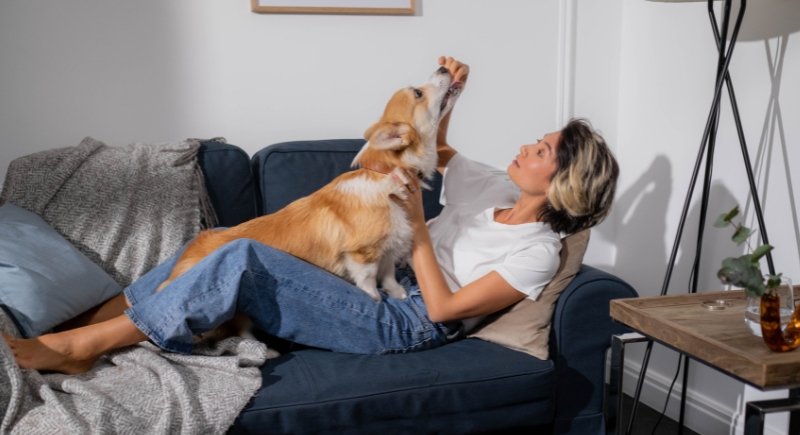
Credit: pexels
Keep in mind that unpredictable behavior in your furry pal can stem from stress or uncertainty. A dog that acted the same day-to-day had confidence in their life setup. That reliability didn’t just happen. Instead, it came from steady care and a dependable environment.
Their Body Language Was Loose
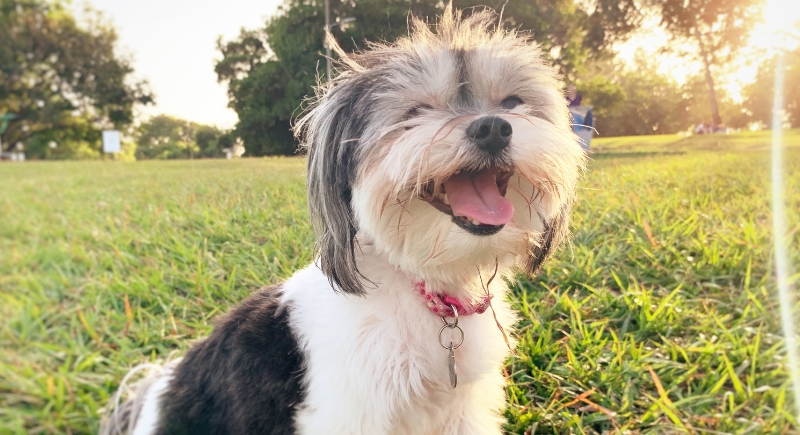
Credit: Getty Images
Researchers have long studied canine body language as a window into emotional health. According to studies, relaxed posture—loose limbs, neutral tail, soft mouth—closely correlates with low-stress levels in dogs. You might’ve noticed this during downtime or play when your dog settled easily or moved with fluid motion.
They Asked for Affection
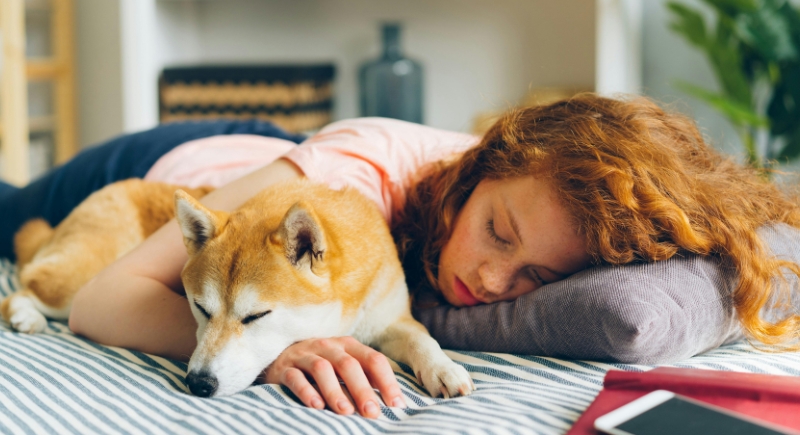
Credit: pexels
Most dogs don’t easily accept vulnerability. Seeking touch or closeness means they’ve judged the space—and you—as safe. Leaning in, nudging your hand, or resting their head in your lap are deliberate choices to connect. Dogs that initiate affection express that they’re comfortable.
They Wagged Their Tail Naturally
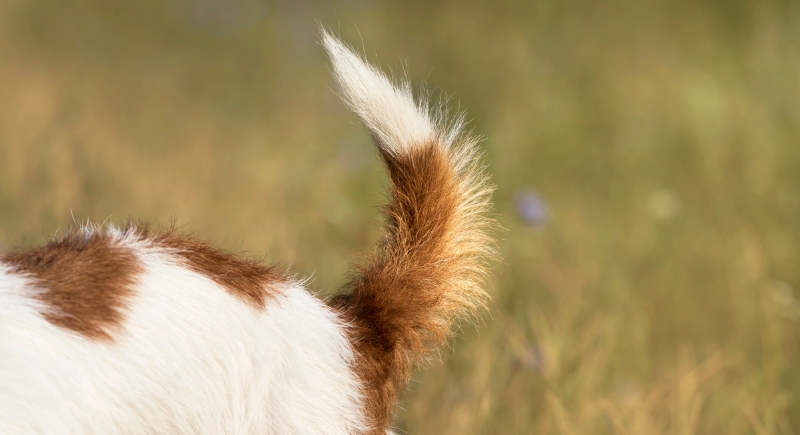
Credit: Getty Images
Tails are one of the clearest emotional indicators in dogs. The height, speed, and looseness of the wag each tell a different story. A wide, relaxed wag at mid-level signals ease and friendliness. Watching how your dog uses their tail during greetings, walks, or new encounters gives you real-time insight into how they feel inside.
They Had a Soft, Open Expression
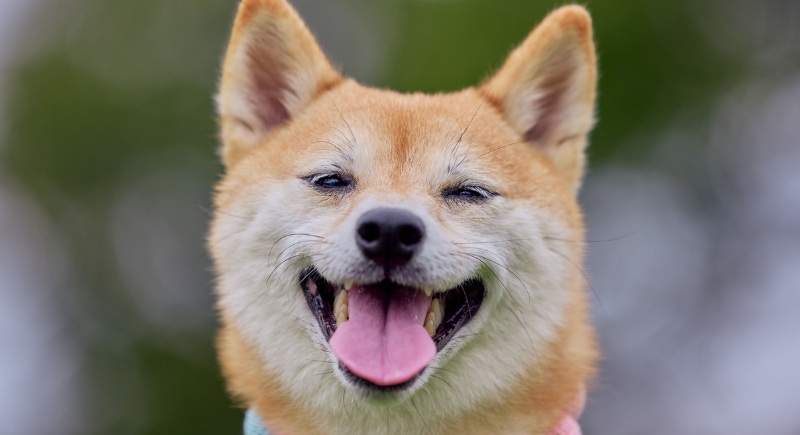
Credit: Aflo Images
Looking out for subtle changes in facial tension helps reveal when a pup feels out of place. A furrowed brow, tight lips, or a fixed stare show up in unfamiliar or stressful situations. These are moments when their environment seems unpredictable.
They Displayed a Bouncy Walk
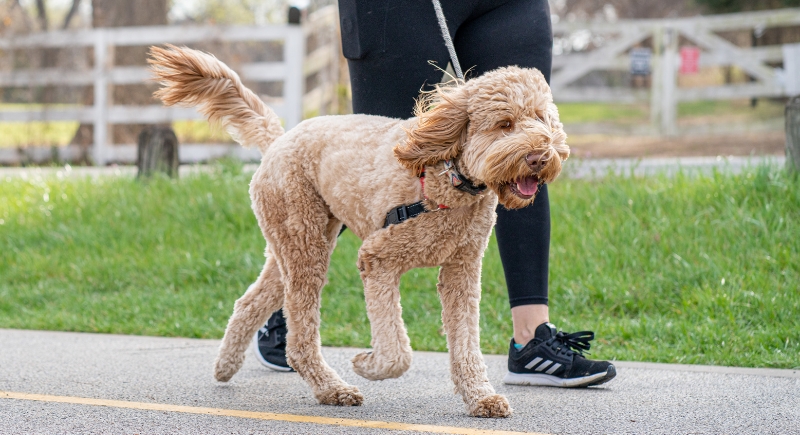
Credit: pexels
Pet parents tend to observe subtle differences during walks. One morning, the leash stays loose, and their dog moves with steady ease. Another day, they may notice hesitation at curbs or tension near passing strangers. Remember, a smooth stride, relaxed ears, and a natural pace suggest confidence; meanwhile, stiff movement signals stress.
They Had Healthy Sleep Habits

Credit: Getty Images
Adult dogs typically sleep 12 to 16 hours each day, and puppies and older dogs usually sleep longer. Sleep habits offer a clear view of a dog’s peace of mind. So, if your dog sleeps through background noise, returns to familiar resting spots, and wakes without distress, that is a sign that they are mentally steady and unbothered.
They Were Social in Their Own Way
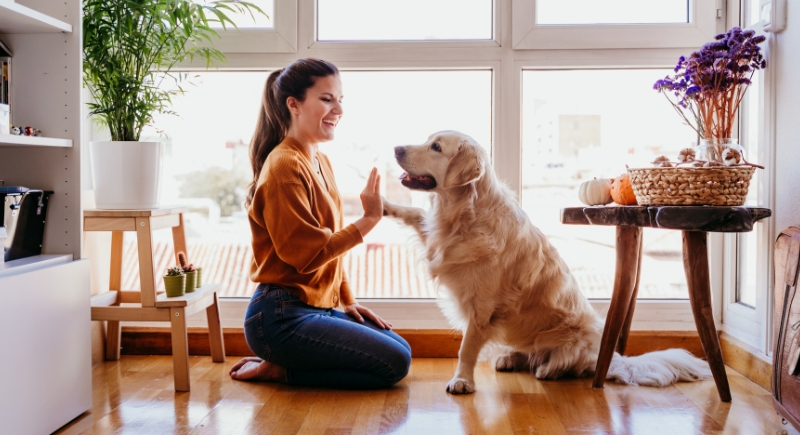
Credit: Canva
Every dog has a different threshold for social interaction. What matters is how they manage it. A confident canine might approach a guest calmly or sit nearby without retreating. Their behavior is proof that you recognized their comfort levels and responded with patience.